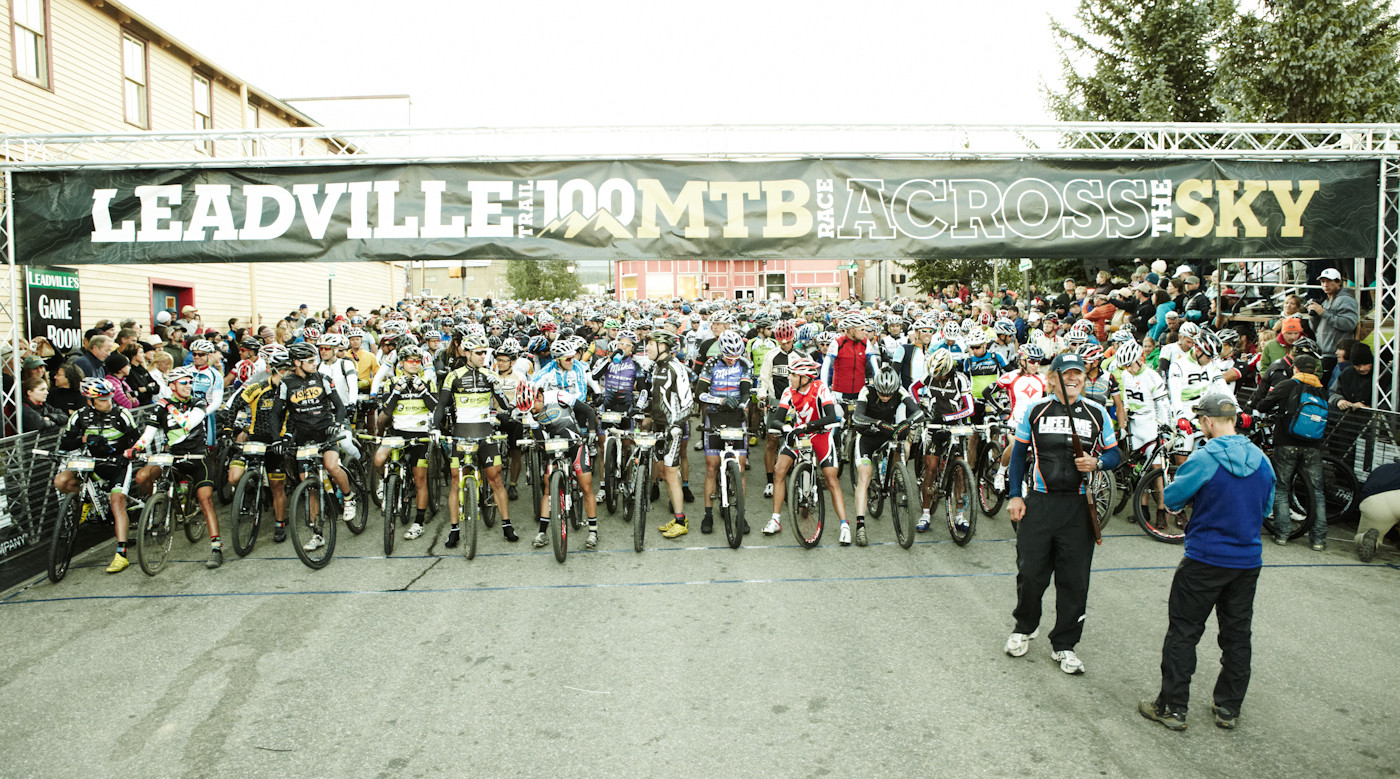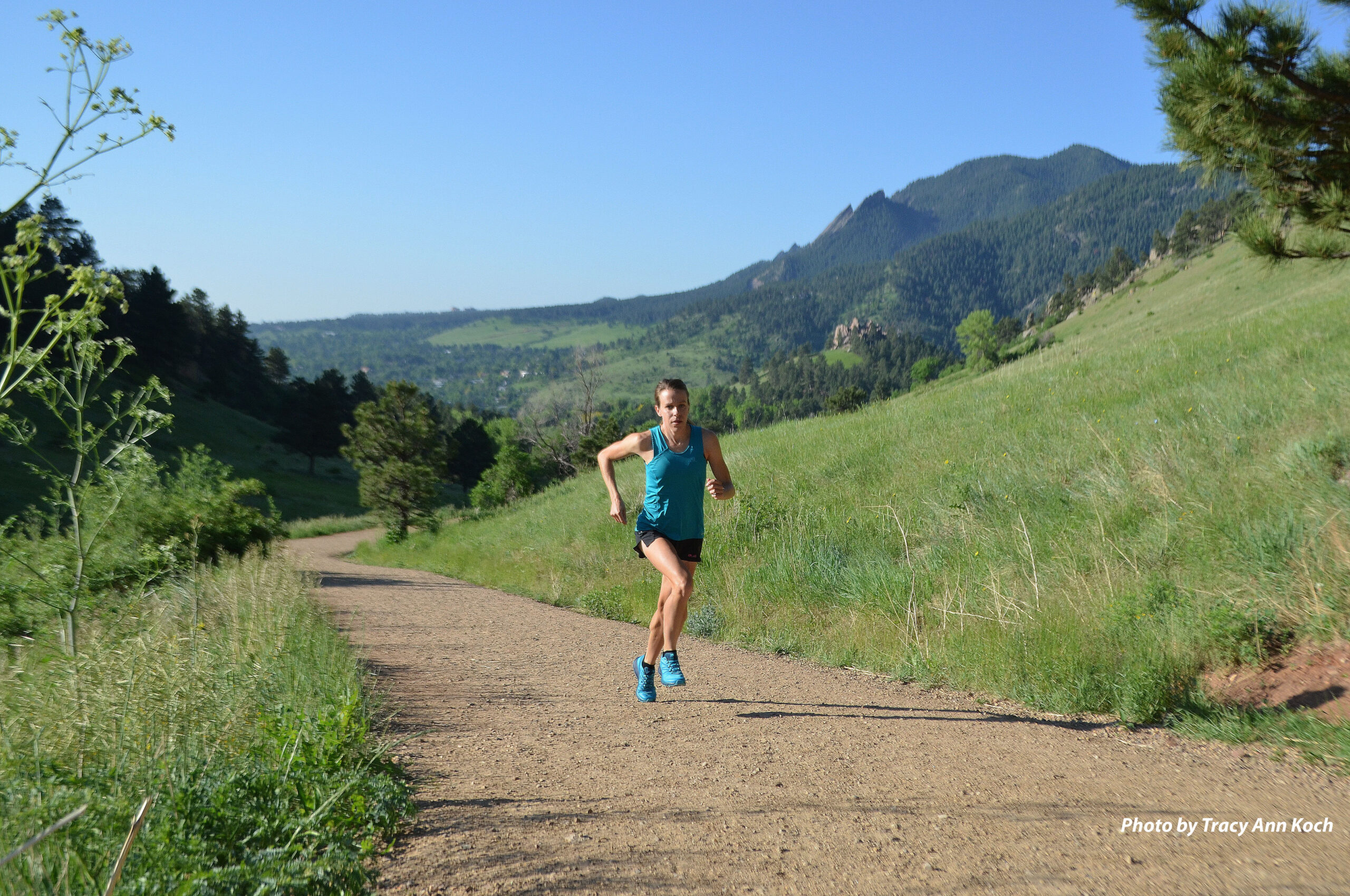Dispatches from Columbine — Long Live Long Rides
By Dave Wiens
Long live long rides. The International Mountain Biking Association (IMBA) coined this phrase somewhere along the way, and it’s the soul of riding for many riders. There’s nothing like the experience of laying down a long, epic training ride – planning it, doing it and basking in the glow afterwards. For me, this is one of the most rewarding parts of riding bikes; it’s why I ride.
Long rides are, in fact, at the heart of why many of us are so passionate about the Leadville Trail 100 MTB. This is what the LT100 is all about. It’s both an endurance race and a really long bike ride.
For perfect preparation for Leadville, how long should our endurance training rides be? How hard should they be? How many long rides should a rider do, and when during our training should they happen to optimize our performance on that August Saturday in Leadville? Many training programs for cycling include one endurance day each week and typically, this has been a long training session at lower heart rates and intensity.
But do a few relevant Google searches, ask LT100 veterans or ask a coach some of these questions and you’ll get a variety of answers. I’m not going to offer hard-and-fast answers either, but that’s because these are not black-and-white, easily answered questions. I’m here to offer ideas and suggestions, because each of our cycling backgrounds, goals, ambitions, etc., are different.
Two Extremes
1. Ride long as much as you can – If you really just love doing epic rides all the time and don’t want to sacrifice the freedom to explore on your bike in the name of optimizing your fitness for one particular day, then don’t. I know plenty of hardcore endurance racers who do tons of long races and rides all season long, knowing they might not be preparing in the most effective manner possible. But they don’t care. They ride their bikes the way the want to and enter races not worrying about if they have ridden too much.
2. Never ride as far or as much vertical as the LT100 in preparation – In the years of Floyd, Lance, Levi, etc., this was my strategy. I don’t think I ever rode more than five hours, but I also have a large career base in my legs. During that time, I looked at the race as a stretch goal, meaning that on that day, I knew I was going to have to last longer, ride harder and climb more than I had all season long. My physical and mental preparation had all been directed at the LT100 and I was always confident going in that my training was there. I was also hungry to race and to ride long and hard because I hadn’t been overdoing it prior to the race.
For training, I did plenty of three-to-five hour hard rides (including some maximum efforts), trying to equal portions of the Leadville course as far as vertical per hour and intensity, but I never tried to mimic the entire distance or effort. I also did some more typical endurance rides at an endurance pace (less than 80% of max heart rate) and these were also in that three-and-a-half to five-hour range. These can be tough to do mountain biking. I think road riding lends itself better to these lower heart rate rides. In my opinion, 100-mile mountain bike races and the LT100 in particular are so hard that it’s important to be fresh both physically and mentally for the race.
Prior to 2007, I was doing much longer rides, at times equaling or exceeding all of the indicators mentioned above, of the Leadville course. I felt great on some of these rides in June and July, but in the LT100 I felt flat and wondered if I hadn’t squandered some of my fitness on these really long training rides. However, I still remember them and they were really fun, epic rides!
Some Middle Ground
Here is a basic outline for once-per-week endurance rides that I consider to be middle of the road. The ranges are big on purpose, and there’s plenty of latitude built in. This assumes a rider will max out their long rides at between 75% to 100% of Leadville target time. If your Leadville goal is 10 hours, this rule of thumb will keep your longest ride to about seven-and-a-half to 10 hours and roughly 75 to 100 miles of mountain biking.
Your longest training rides will typically take place in mid- to late July. As the LT100 draws closer, you should consider ratcheting back on the duration. An example of duration for once per week endurance rides going forward could look like this (this is very general and assumes that a good base of riding has already been established):
- June: Three to six hours
- July: Six to 12 hours with decreasing duration from late July until the LT100
Remember, this is based on a percentage of your target LT100 finish time and also contingent on your decision to use 75% to 100% of this target as your maximum training distance. Additionally, this is a very general guideline for just one aspect of your training. There are a whole bunch of other elements that should also go into your preparation.
Be cautious if you are newer to riding – If you are an experienced cyclist with tons of years and miles in your legs, you and your body already know what it takes to put down long rides. However, if you’re new to cycling, I advise caution. Your body isn’t used to riding long and you don’t want to develop any overuse injuries. Ease into longer rides and discipline yourself to steadily build up to longer and longer rides. Be patient. I also suggest getting a professional bike fit from a reputable technician who has experience with mountain bike fits. Simple things like improper saddle height or seat angle can lead to injuries and derail your riding and training plans quickly.
One thing that is certain, however, is that success at Leadville has rarely been achieved by not riding. If you do nothing but ride your bike as much as you can, you’re going to be way better off than someone who hasn’t put the time in.
Enjoy the ride!
Dave


